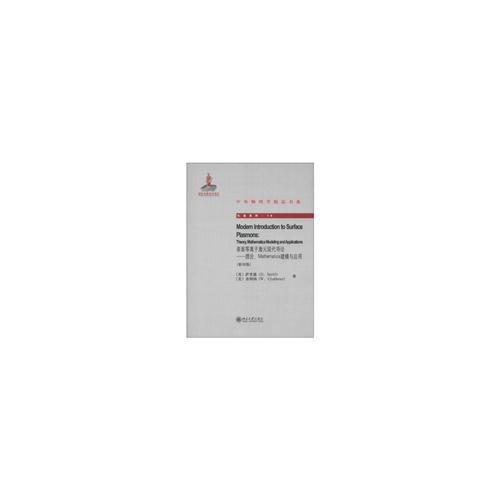表面等离子激元现代导论 [2015-06-15] |
|
首 页 >> 上架新书






